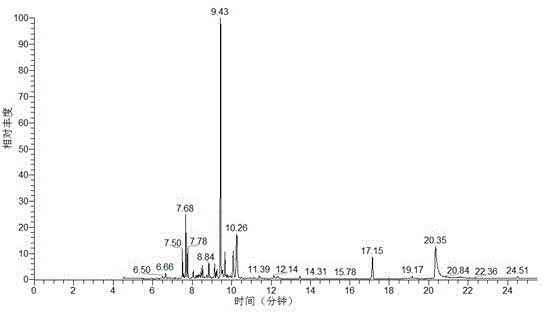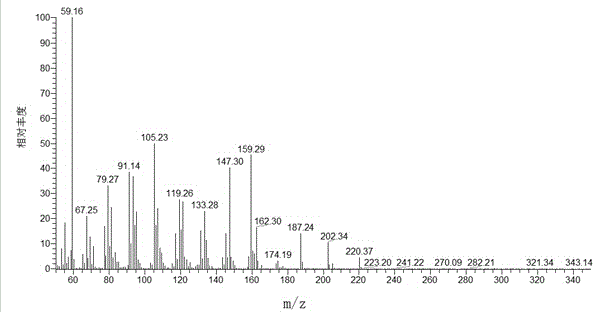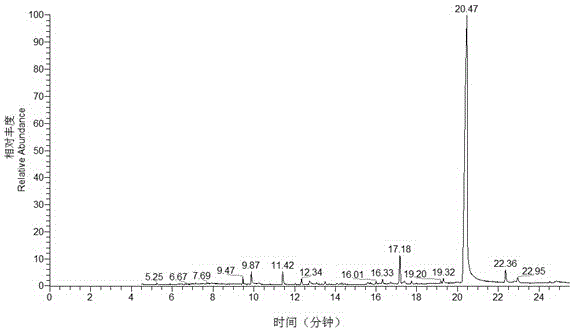Identification method of pterocarpus santalinus wood and pterocarpus tinctorius wood and products of pterocarpus santalinus wood and pterocarpus tinctorius wood
A technology of dyeing red sandalwood and sandalwood red sandalwood, applied in the field of wood species identification, can solve the problems of high misjudgment rate, misjudgment into another tree species, complicated operation, etc., to improve accuracy, avoid misjudgment, and identify accuracy high effect
- Summary
- Abstract
- Description
- Claims
- Application Information
AI Technical Summary
Problems solved by technology
Method used
Image
Examples
Embodiment 1
[0052] The sample is 1 block of sandalwood red sandalwood (P.santalinus L.f.) marked as No. 1 block, and 2 blocks of dyed red sandalwood (P. tinctorius) marked as No. 2 block and No. 3 block.
[0053] 1. The pretreatment of the sample includes the following steps:
[0054] (1) choose respectively the representative position of these three pieces of wood, remove surface impurity;
[0055] (2) Scrape the wood test sample of 0.05g with a knife, transfer the wood test sample to a sealable test tube, add 10ml of chromatographically pure grade dichloromethane, soak at room temperature for 30min, and obtain the sample leaching solution;
[0056] (3) Take 5ml of the sample leachate and put it into a concentration bottle, concentrate it to about 2ml with nitrogen gas, filter it through an organic phase microporous membrane, and add the filtered concentrate into the sampling bottle of the chromatography-mass spectrometer.
[0057] 2. Obtain retention time-relative abundance spectrum an...
Embodiment 2
[0098] The test sample is to use sandalwood red sandalwood (P.santalinus L.f.) Buddha beads and dye rosewood (P.tinctorius) beads each for a comparative test, and the wooden blocks are respectively marked as No. 6 Buddha beads and No. 7 Buddha beads.
[0099] (1) No. 6 Buddhist beads and No. 7 Buddhist beads are polished with sandpaper to remove wax or impurities on their surfaces;
[0100] (2) Select the representative parts of the No. 6 and No. 7 beads and scrape 0.5g of the beads test sample with a knife and put them into a sealable test tube, add 10ml of chromatographically pure grade dichloromethane and soak for 30min at room temperature , to obtain sample leachate;
[0101] (3) Get 5ml of the sample leachate and put it into a concentrated bottle, concentrate it to about 2ml with nitrogen, filter through an organic phase microporous membrane, and add the filtered concentrated solution into the sampling bottle of the chromatography-mass spectrometer;
[0102] (4) The solu...
PUM
 Login to View More
Login to View More Abstract
Description
Claims
Application Information
 Login to View More
Login to View More - R&D
- Intellectual Property
- Life Sciences
- Materials
- Tech Scout
- Unparalleled Data Quality
- Higher Quality Content
- 60% Fewer Hallucinations
Browse by: Latest US Patents, China's latest patents, Technical Efficacy Thesaurus, Application Domain, Technology Topic, Popular Technical Reports.
© 2025 PatSnap. All rights reserved.Legal|Privacy policy|Modern Slavery Act Transparency Statement|Sitemap|About US| Contact US: help@patsnap.com



